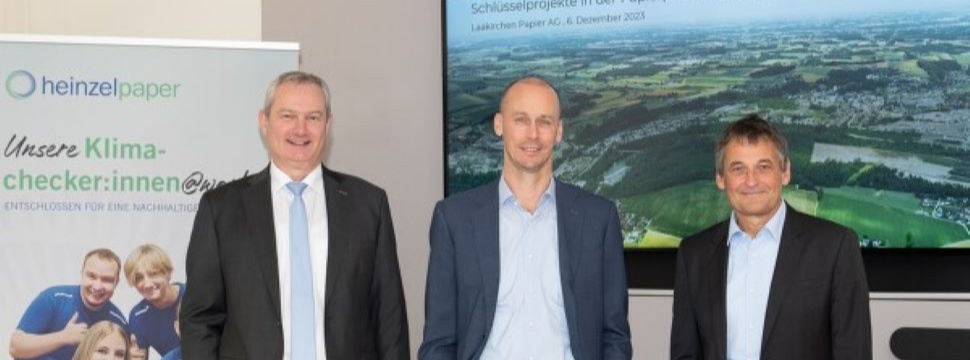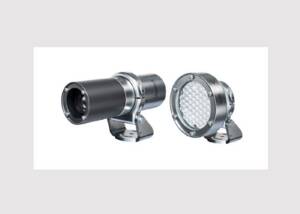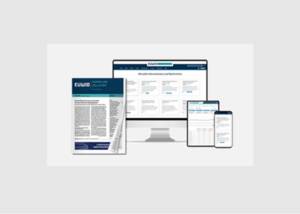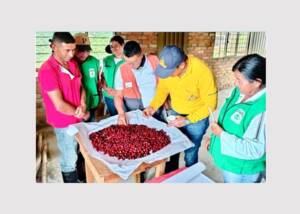The Future of Energy and Paper Laakirchen / Steyrermühl
News General news
Key projects in paper production for the energy transition

Paper production in Laakirchen and Steyrermühl is undergoing radical changes. The two sites - in future both part of the HEINZEL GROUP - are to grow together into a center for sustainable packaging papers, renewable energy and wood processing. Several key projects are planned and the projects are being presented at a press conference of Laakirchen Papier AG on Wednesday, December 6th: from the conversion of the paper machines to the production of sustainable packaging papers to the conversion of the energy supply to renewable energy sources through the use of existing recyclable and residual materials to the expansion of district heating. The HEINZEL GROUP is pursuing ambitious climate targets, focusing even more on the circular economy and planning to significantly reduce its consumption of fossil natural gas.
A lot of thermal energy is required to dry paper during production. A reliable energy supply and independence from foreign countries play an important role, particularly in the paper industry. In addition, society as a whole has a duty to use more environmentally friendly energy sources instead of fossil fuels. "And that is precisely our major goal. Climate protection and the circular economy are central elements of our sustainability management throughout the HEINZEL GROUP. We intend to reduce our fossil CO2 emissions by over 40 percent by 2030," informs Sebastian Heinzel, CEO of the HEINZEL GROUP, and adds: "We also have big plans for the Laakirchen and Steyrermühl sites - the latter will also become part of the HEINZEL GROUP effective from January 1, 2024: Together they are to become a center for sustainable packaging papers, renewable energy and wood processing. We are taking responsibility for nature and the environment. We want to be part of the solution and lead the way - away from energy from fossil natural gas and towards biogenic materials and the use of existing recyclable and residual materials that have reached the end of their cascading use." In order to achieve national and international climate targets, renewable and sustainable sources will have to replace fossil fuels such as oil and gas even more in the future.
Key projects for environmental and climate protection
In Steyrermühl, bark, wood and sawmill waste as well as paper and fiber residuals are already being used to generate thermal energy in a power plant for recyclable materials. Renewable energy sources such as hydropower, biogas and photovoltaics are also used and are being continuously expanded at both sites. "We have achieved a lot here. At the same time, we know that further clearly defined steps are needed to achieve the transition to sustainable, energy-efficient paper production in the near future," confirms Thomas Welt, CEO of Laakirchen Papier AG. The company is therefore pursuing several key projects under the title "The Future of Energy and Paper Laakirchen / Steyrermühl". These include converting the paper machines in both mills to produce sustainable packaging paper.
The construction of a second power plant based on usage of recyclable materials in Steyrermühl is intended to significantly expand sustainable, thermal and in-house energy generation while increasing the supply of regional district heating. In the "Steam pipeline heating network" project, a connecting pipeline will link the Laakirchen Papier site to the energy producers in Steyrermühl and supply it with sustainable thermal energy. Finally, the sawmill in Steyrermühl will also be gradually developed over the next few years. "These solutions and the closing of our material and energy cycles offer us the great opportunity of an independent and environmentally friendly energy supply. Investments totaling more than 400 million euros are planned for the projects. This will secure the long-term competitiveness of our domestic paper production and the future of around 800 employees," confirms Franz Baldauf, CFO of Laakirchen Papier AG.
Significantly less natural gas thanks to second recycling power plant
The planned second power plant for recyclable materials in Steyrermühl is an important building block for the energy future of paper production. It relies on the efficient utilization of energy wood and biomass from sustainable forestry, recyclable and residual materials from the company's own paper production as well as other recyclable materials that can be used thermally through a circulating fluidized bed boiler system. The planned power plant for recyclable materials is designed for a fuel heat output of 160 MW. It will supply electricity and steam for paper production in Laakirchen and Steyrermühl, thereby significantly reducing the use of fossil natural gas. Laakirchen Papier AG alone will be able to increase the proportion of renewable energy sources in its energy mix from 10 percent today to up to 70 percent by 2030, while the proportion of natural gas will be massively reduced over the same period. This will save around 80,000 tons of fossil CO2 per year. Until now, most of the required process heat had to be generated by a gas-fired power plant.
District heating for the region
The planned power plant for recyclable materials will also benefit surrounding consumers outside the paper mills: In addition to electricity and process heat for paper production, a further portion of the energy produced can be decoupled and released as regional district heating - internally, for example, to heat the sawmill's drying chambers, or externally as sustainable district heating for neighboring companies and public and private buildings in the region.
Steam pipeline heating network
The aim of constructing the planned steam connection pipeline between the Laakirchen sites and the energy producers in Steyrermühl is to ensure that paper production at the Laakirchen plant is also secured with a sustainable energy solution in the future. The examined and submitted pipeline option crosses the Traun twice in the area of the paper mills in Laakirchen and Steyrermühl and otherwise runs largely to the left of the Traun in the municipal area of Ohlsdorf - whereby this entire section is underground and therefore not visible. The steam pipeline has a length of around three kilometers.










